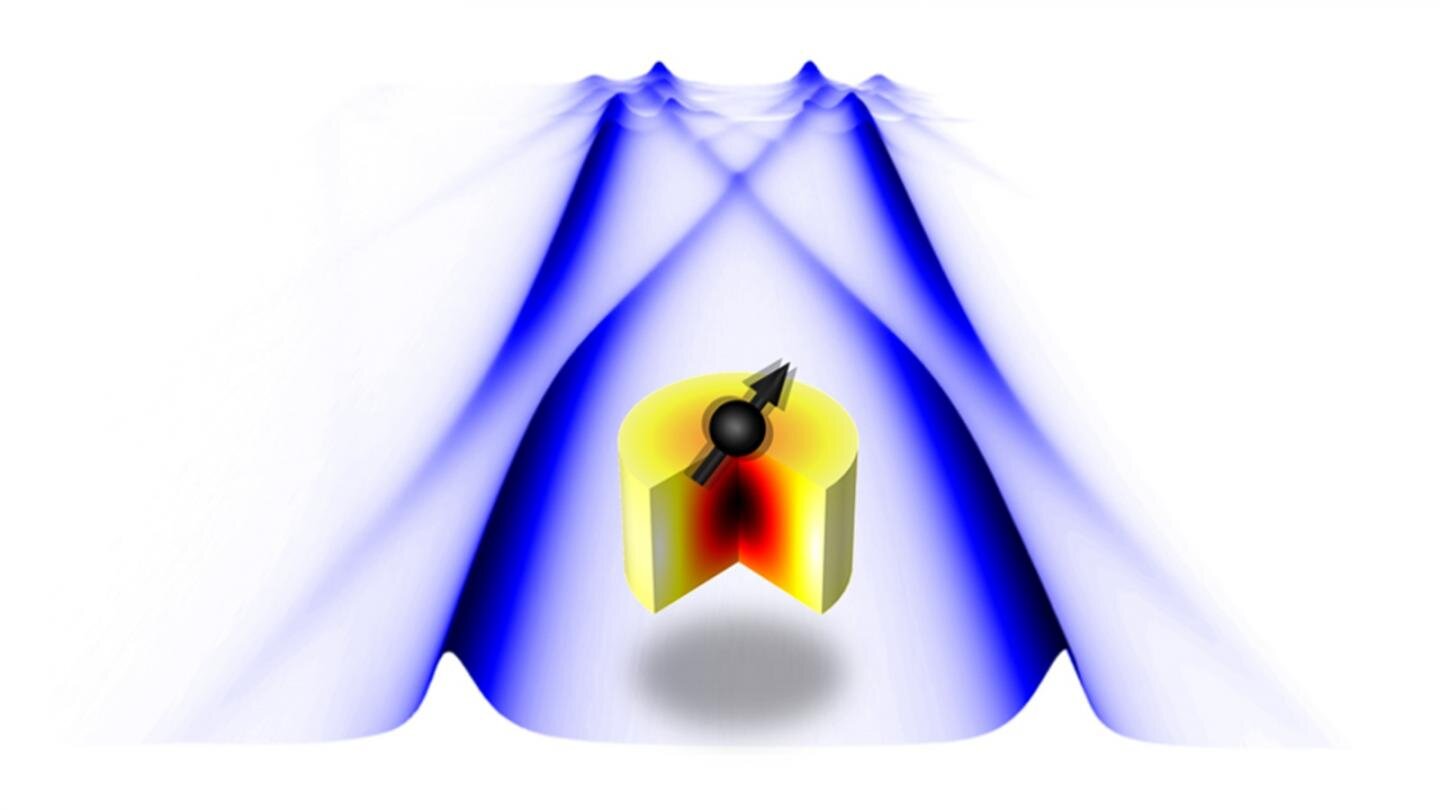#Algorithm can predict when an adolescent will become suicidal with 91% accuracy

“#Algorithm can predict when an adolescent will become suicidal with 91% accuracy”

Researchers from Brigham Young University, Johns Hopkins and Harvard have created an algorithm that can predict suicidal thoughts and behavior among adolescents with 91% accuracy.
The researchers outline their machine learning approach in an article published today in PLOS ONE, where they also detail risk factors that are leading predictors of suicidal ideation and behavior among adolescents: online harassment and bullying.
“Suicide is the second leading cause of death among adolescents in the U.S.,” said Michael Barnes, study coauthor and Associate Dean of the BYU College of Life Sciences. “It’s critical we have a better understanding of the risk factors—and the protective factors—associated with this heartbreaking issue.”
The study results show researchers can predict with high accuracy which adolescents will exhibit suicidal thoughts (consider or planning) or suicidal behavior (attempting) based on experiences they face.
The team analyzed data from 179,384 junior high and high school students, along with those who participated in the Student Health and Risk Prevention survey from 2011-2017. The dataset includes responses to 300+ survey questions and 8000+ bits of demographic information, resulting in a total of 1.2 billion data points that were processed. Researchers then applied various algorithms to the data and found a machine-learning model that accurately predicted which adolescents went on to have suicidal thoughts and behaviors (STB) based on the data provided.
The data showed females were more likely to experience suicidal thoughts and behavior (17.7%) than males (10.8%), and that those adolescents without a father in the home were 72.6% more likely to have suicidal ideation than those that did.
Most importantly, the algorithm discovered which risk factors were the leading predictors of suicidal thoughts and behavior:
- Being threatened or harassed through digital media
- Being picked on or bullied by a student at school
- Exposure/involvement in serious arguments and yelling at home
“This analysis finds the most important root causes of suicidal thoughts and behavior in adolescents and creates risk profiles that give us a clearer picture of adolescents that are at risk,” said study coauthor Carl Hanson, professor of public health at BYU. “If you want to wrap your head around what you can do about it, these profiles are one good place to start.”
Researchers were not surprised to see some of the risk factors that rose to the top—bullying and harassment—but were a bit taken to see the heavy influence from family factors: three of the top ten predictive factors for STB were tied directly to family situations: 1) being in a family where there are serious arguments, 2) being in a family that argues about the same things over and over and 3) being in a family that yells and insults each other.
The team said the implications of the research are critical for prevention programming and policy making. Specifically, they hope policymakers use the STB risk profile and its associate rankings to prepare services, resources, and assessments aimed at school, community and family settings.
“Clearly the results speak to the need for prevention and schools may be the best place to start by helping to mitigate bullying and online harassment. The results also indicate a need to strengthen families,” Hanson said. “For communities, we need programming that can help support and strengthen the family.”
Orion Weller et al, Predicting suicidal thoughts and behavior among adolescents using the risk and protective factor framework: A large-scale machine learning approach, PLOS ONE (2021). DOI: 10.1371/journal.pone.0258535
Citation:
Study: Algorithm can predict when an adolescent will become suicidal with 91% accuracy (2021, November 3)
retrieved 3 November 2021
from https://techxplore.com/news/2021-11-algorithm-adolescent-suicidal-accuracy.html
This document is subject to copyright. Apart from any fair dealing for the purpose of private study or research, no
part may be reproduced without the written permission. The content is provided for information purposes only.
If you liked the article, do not forget to share it with your friends. Follow us on Google News too, click on the star and choose us from your favorites.
For forums sites go to Forum.BuradaBiliyorum.Com
If you want to read more Like this articles, you can visit our Science category.



